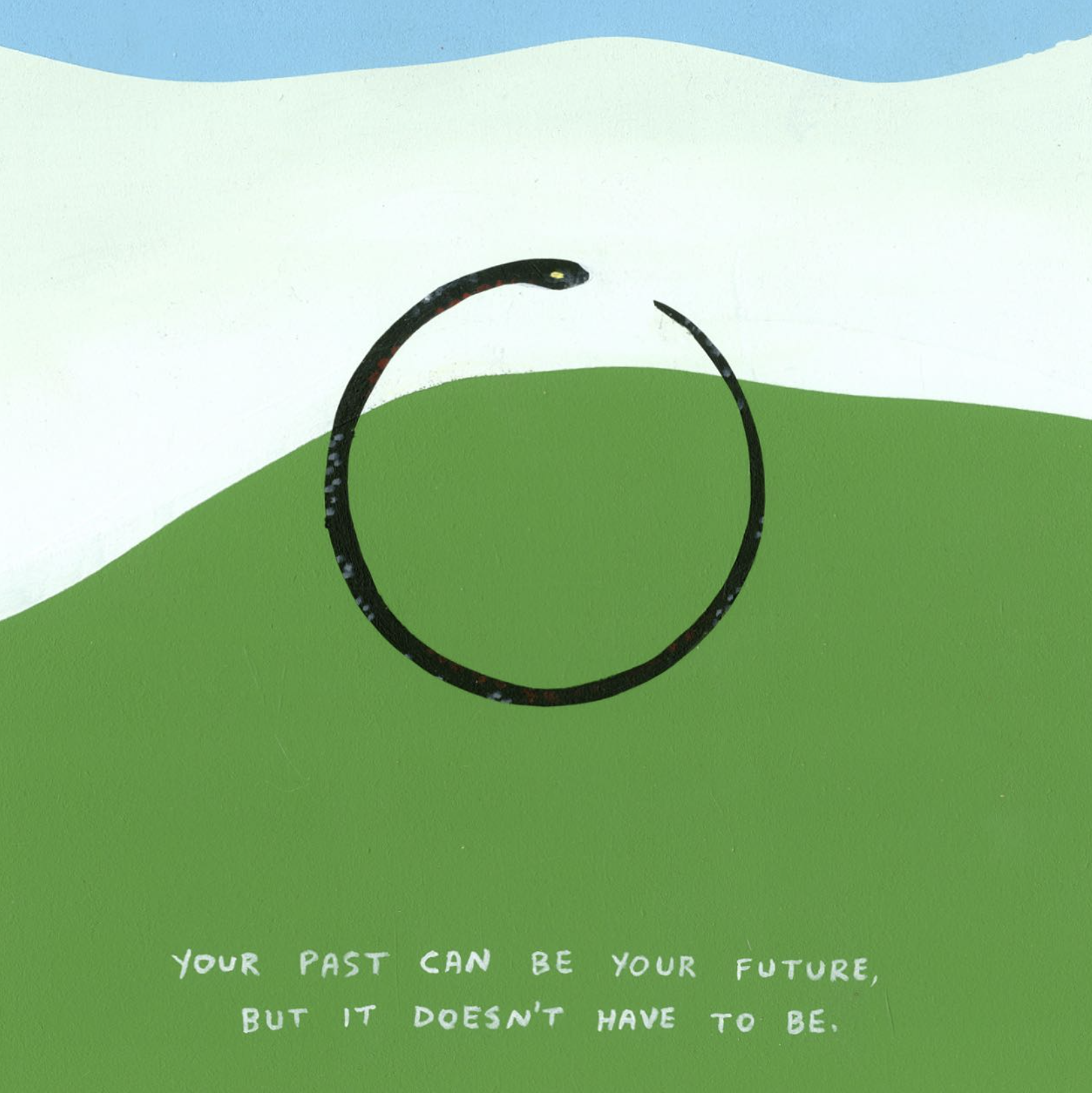The Art of Transformation
@m_d_n_f
I was five when my family moved from Venezuela to the United States. One day, I was a thriving, precocious kid in Caracas. The next, everything familiar vanished. The culture shock of San Carlos, California was immense, but what wounded me most was losing my nanny, Yadira—my second mother and source of stability—precisely when I needed her most. My parents were consumed by their own challenges: my father hunting for work, my mother, an African immigrant, navigating yet another cultural adjustment. No one could guide me through the unfamiliar emotions washing over me: grief, anxiety, and a profound sense of disconnection.
These feelings didn't dissolve with time. They accompanied me through each upheaval, gathering new companions along the way. Another cross-country move. The shame of sitting in a French immersion classroom, surrounded by sounds that were nothing but meaningless static in my ears. Adolescence, with its unique blend of confusion and self-doubt. Eventually, I turned to self-harm—not from a desire to die, but because the agony in my mind and body needed some form of release.
At 15, therapy offered temporary relief. Then came what I now recognize as my first pivotal choice, though at the time it felt like mere survival: following my first boyfriend to the Midwest for college, choosing the nearest school that would accept me. For two years, that relationship anchored me. When it ended, I found myself adrift in an unfamiliar city without community. I stopped attending classes. The old thoughts resurfaced: I suck at everything. I'll never make it on my own. I wish I was never born. I retreated inward until my mother—fearing for my safety—appeared unannounced to pull me back from the edge.
During this darkness, I encountered the phrase Make your own luck. A seemingly trite line that nonetheless sparked a revelation: I wasn't merely a passive participant in my own life. This Sad Girl had agency. I could make decisions that would shape my future. This realization propelled me to transfer to a better school—one I chose for myself.
That simple phrase became a portal to a truer version of myself—the first of many transformative moments I can vividly recall, which is remarkable given what my friends teasingly call my "goldfish memory." These weren't just moments; they were signposts directing me toward something deeper.
The Journey Through Hell, Purgatory, and Paradise
Years later, Martha Beck's The Way of Integrity gave me language for what I'd been experiencing. What I call portals, Beck might call Soul Teachers—people or ideas we feel inexplicably drawn to that wake us up and guide us through our own "Dark Wood of Error," revealing where we've strayed from our authentic selves.
Beck maps personal transformation onto Dante's Divine Comedy—a journey through Inferno, Purgatorio, and Paradiso. This framework illuminated my own path with startling clarity.
My Inferno began with that childhood displacement from Venezuela. The fracture of leaving everything familiar created wounds that deepened with each subsequent misalignment—feeling lost in school, unworthy in friendships, and following paths that weren't truly mine. My decision to follow my boyfriend to college wasn't made for me but from a desperate need for external stability. When that collapsed, only despair remained.
Yet even in this personal hell, guides appeared: my mother arriving at the crucial moment, that transformative phrase cracking open a window of possibility. These were my first steps toward something different.
Purgatorio began with my university transfer—the first authentic choice I made for myself. What followed was a gradual unlearning through therapy, self-help, and countless cycles of insight and setback. The process accelerated when I moved to Mexico after ending an eight-year relationship that had long been simultaneously too good to leave and too painful to stay in. This was Purgatorio distilled—a period of shedding, releasing, and dissolving former versions of myself. I had no clear destination, only a growing trust in my own instincts and the process itself.
Paradiso isn't a place I permanently inhabit but a state I've learned to recognize and return to. It's the moment when alignment becomes tangible—when I can feel in my body the subtle shift from constriction to expansion. It's distinguishing between fear that protects and fear that merely limits. It's recognizing flow versus force.
This journey isn't linear. I cycle through these states repeatedly, each iteration bringing me closer to authenticity. This attunement has guided every significant life decision: transferring schools, taking a year off, applying to art school, joining a competitive design program, moving to Portland, accepting an internship in Switzerland, working in New York, returning to Portland when it felt energetically aligned, relocating to Mexico, embracing discomfort, exploring ancient and emerging practices for self-understanding, and finally returning to Portland with clarity about what I want to create.
Designing a Life with Intention
The skill of transformation involves specific practices: quieting the mind to hear intuition, recognizing the physical sensations that signal alignment or misalignment, trusting your inner knowing, and finding courage to act on that knowledge despite discomfort.
This is the essence of Lazuli—not just a brand but the culmination of everything I've learned about transformation, mindfulness, and alignment. Through self-inquiry, intentional practices (including mindfully approached psychedelics), and conscious living, I hope to help others develop this transformational intelligence: trusting their inner compass, moving courageously when change is needed, and designing lives that authentically fit them.
Because transformation isn't about constant change—it's about developing the wisdom to know when to stay the course and when to shift direction entirely.
Up Next: Turning Stagnation Into Opportunity
Feeling stuck is often a signal, not a stop sign. In my next post, I’ll explore how to recognize when resistance is inviting you to shift, how to differentiate between fear and intuition, and practical ways to transform stagnation into an opportunity for deeper alignment and growth.

